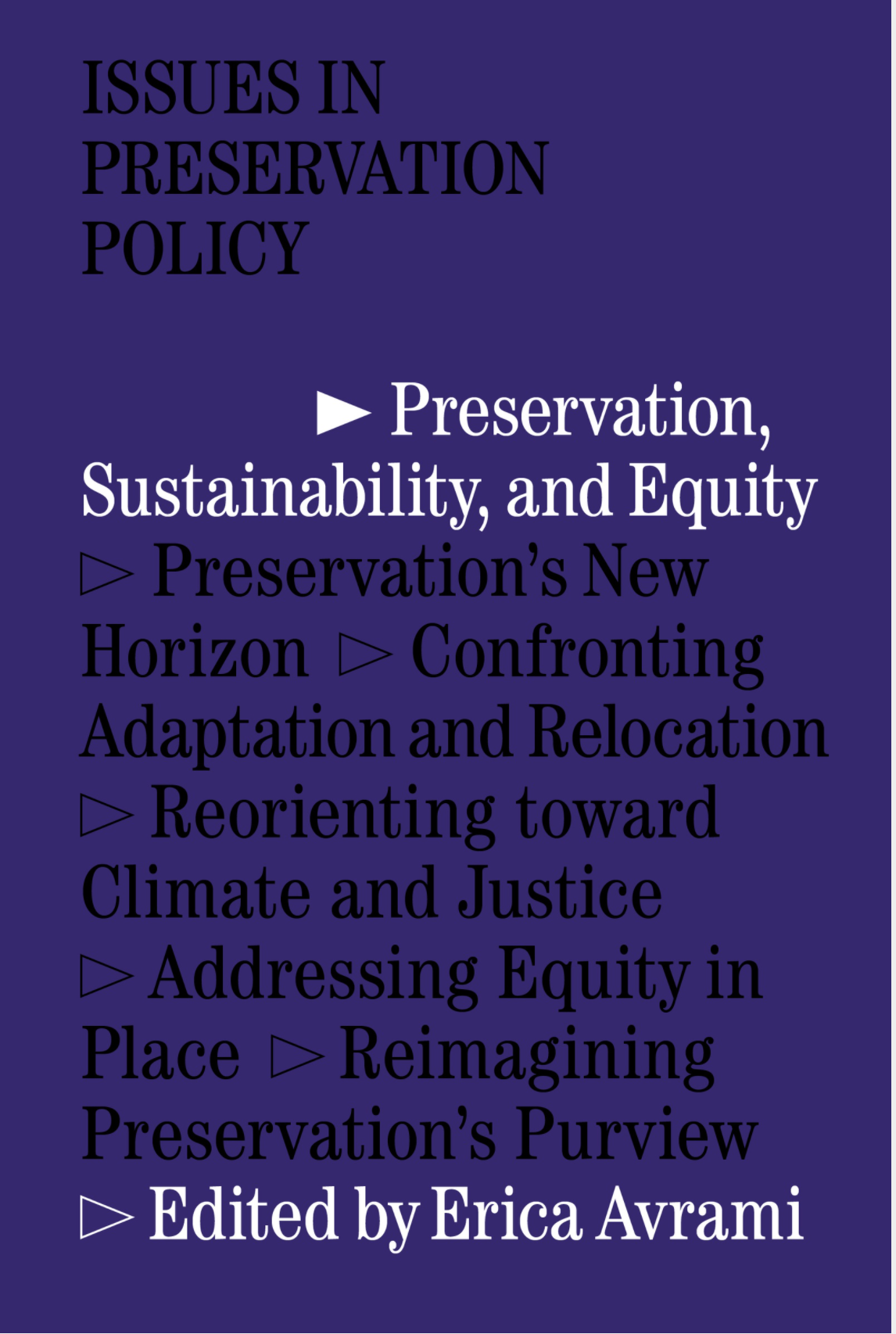Issues in Preservation Policy: Preservation and Social Inclusion (Copy)
/Heritage occupies a privileged position within the built environment. Most municipalities in the United States, and nearly all countries around the world, have laws and policies to preserve heritage in situ, seeking to protect places from physical loss and the forces of change. That privilege, however, is increasingly being unsettled by the legacies of racial, economic, and social injustice in both the built environment and historic preservation policy, and by the compounding climate crisis. Though many heritage projects and practitioners are confronting injustice and climate in innovative ways, systemic change requires looking beyond the formal and material dimensions of place and to the processes and outcomes of preservation policy—operationalized through laws and guidelines, regulatory processes, and institutions—across time and socio-geographic scales, and in relation to the publics they are intended to serve.
This third volume in the Issues in Preservation Policy series examines historic preservation as an enterprise of ideas, methods, institutions, and practices that must reorient toward a new horizon, one in which equity and sustainability become critical guideposts for policy evolution.
With contributions from Lisa T. Alexander, Louise Bedsworth, Ken Bernstein, Robin Bronen, Sara C. Bronin, Shreya Ghoshal, Scott Goodwin, Claudia Guerra, Victoria Herrmann, James B. Lindberg, Randall Mason, Jennifer Minner, David Moore, Marcy Rockman, Stephanie Ryberg-Webster, A.R. Siders, Amanda L. Webb, and Vicki Weiner.
















